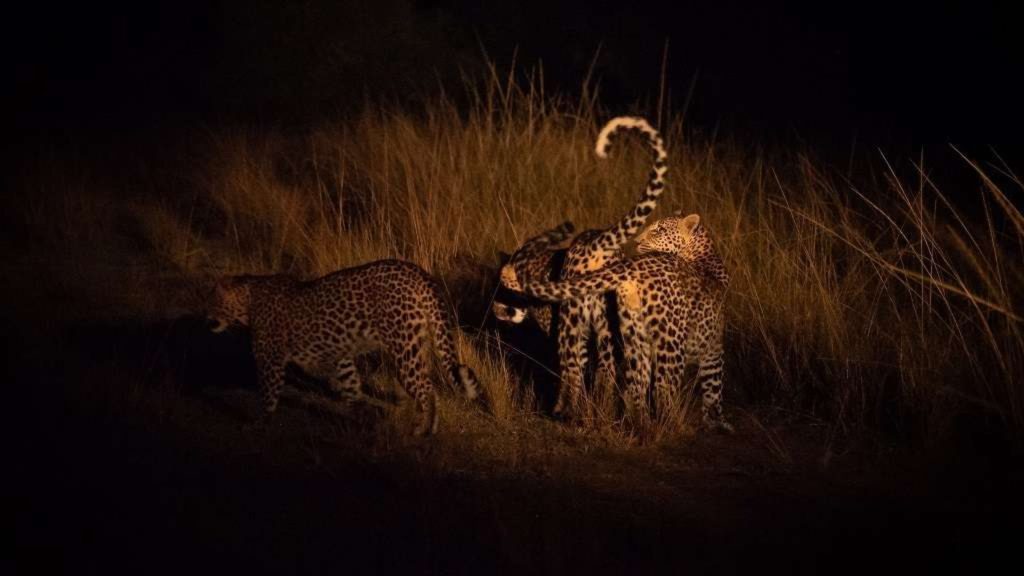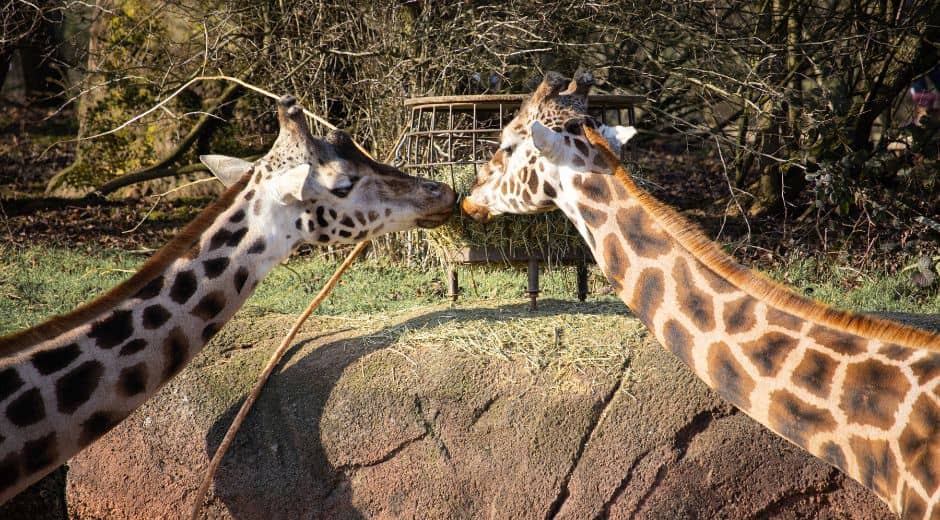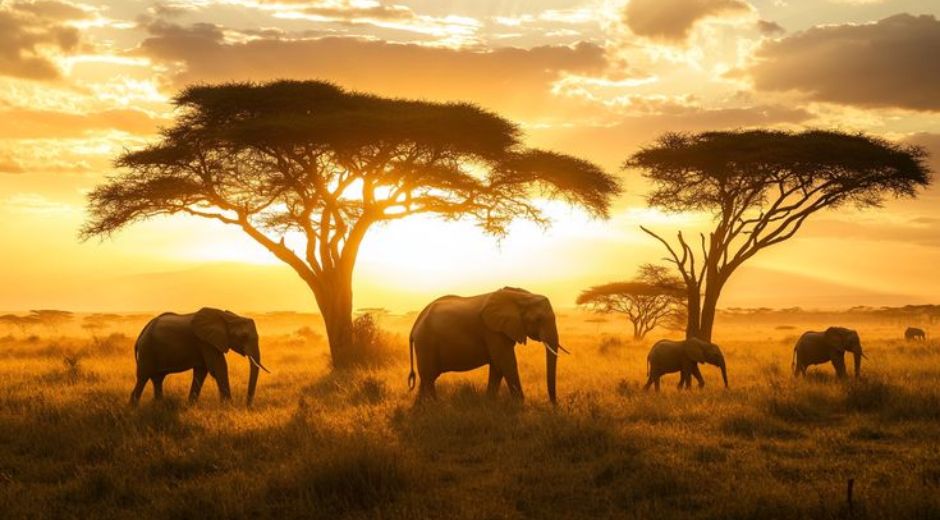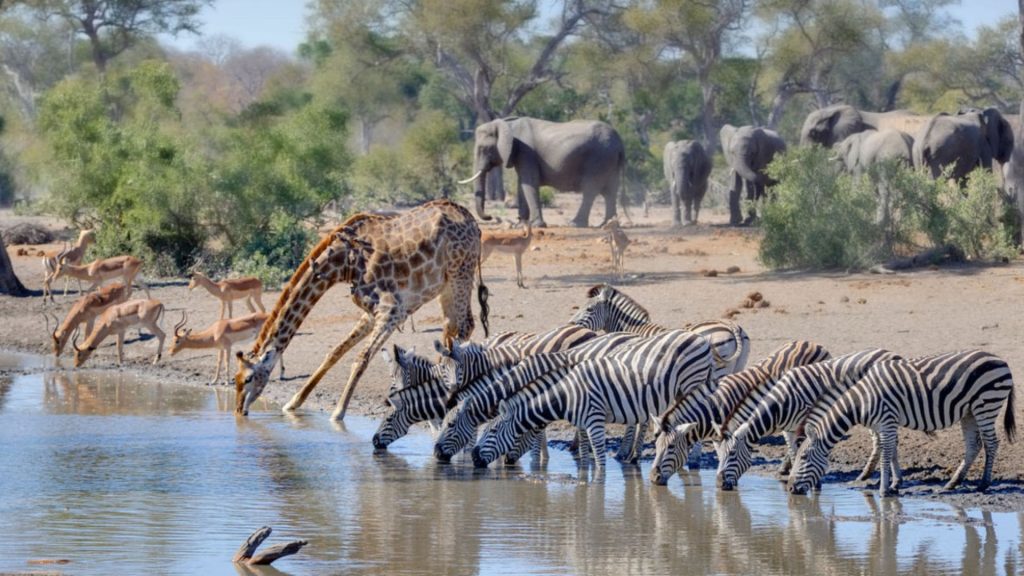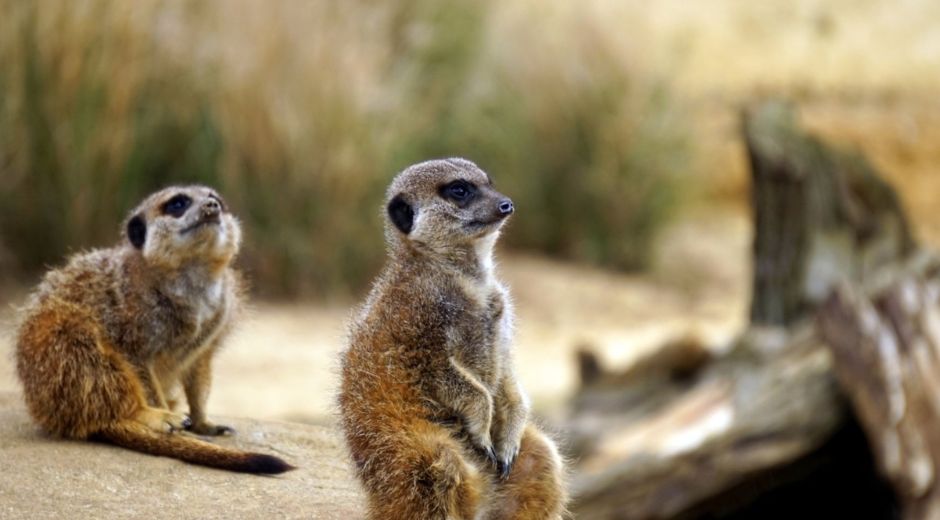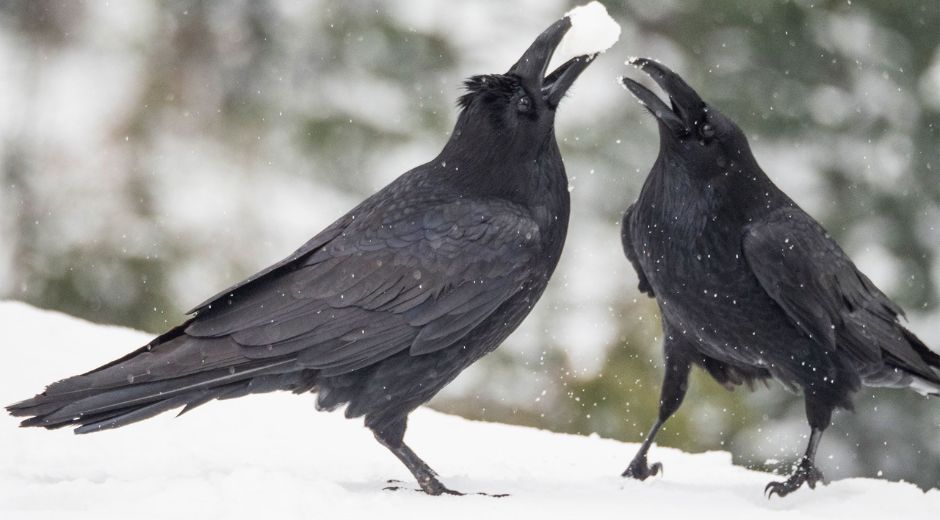The Secret Lives of Nocturnal Predators Revealed
The Secret Lives of Nocturnal Predators Revealed
The animal kingdom is filled with fascinating mysteries, and few are as intriguing as the secret lives of nocturnal predators. From owls silently gliding through the night to big cats stalking their prey under the cover of darkness, these creatures have evolved remarkable adaptations to thrive when the world is asleep. Understanding the secret lives of these predators not only provides insight into their survival strategies but also helps us appreciate the delicate balance of ecosystems they inhabit.
Nighttime Hunters: Owls
Owls are among the most iconic nocturnal predators. Their extraordinary vision and silent flight allow them to hunt efficiently in the dark. By studying the secret lives of owls, scientists have discovered how their asymmetrically placed ears help pinpoint the exact location of prey, even under dense foliage or snow. This combination of stealth and precision makes them apex hunters in many habitats.
Furthermore, owl populations can indicate ecosystem health. Changes in prey availability or habitat quality directly impact owl numbers. Resources such as EcoGlobalo provide detailed studies on owl behavior and conservation, highlighting the importance of protecting these nocturnal hunters and their environments.
Big Cats on the Prowl
While owls dominate the skies, big cats like leopards, jaguars, and lynxes rule the night on land. These felines rely on acute senses of sight and hearing to hunt under low-light conditions. Understanding the secret lives of big cats reveals how they select hunting grounds, mark territories, and communicate with others through scent and vocalizations.
Human activity poses significant challenges for these predators. Deforestation, urban expansion, and poaching disrupt their hunting patterns and breeding success. By learning more about the secret lives of these majestic animals, conservationists can develop strategies to minimize human-wildlife conflicts. Platforms like BioNatureVista regularly report on studies and conservation efforts supporting these species.
Adaptations to Darkness
Nocturnal predators share remarkable adaptations that allow them to navigate and hunt effectively at night. Large, reflective eyes enhance low-light vision, while sensitive whiskers or facial feathers detect subtle movements. Many nocturnal mammals and birds possess acute hearing that compensates for limited visibility. Studying the secret lives of these animals reveals how evolution has honed their senses to perfection.
In addition, nocturnal predators often exhibit unique behavioral patterns. Some hunt individually, while others, like certain species of cats, hunt in coordinated pairs or small groups. Understanding these strategies provides insight into predator-prey dynamics and ecosystem balance. Observing these behaviors in the wild is challenging but essential for ecological research.
Diet and Hunting Techniques
The diets of nocturnal predators are as diverse as the habitats they inhabit. Owls primarily consume rodents, insects, and small birds, while big cats may hunt larger mammals like deer or wild pigs. By studying the secret lives of these animals, scientists can determine how hunting techniques are adapted to prey types and environmental conditions.
For example, owls often perch silently and wait for prey to come within striking distance, using their talons to capture it with precision. Leopards may stalk their prey for hours, relying on patience and stealth. Documenting these methods provides valuable data for wildlife biologists and helps predict how these species will respond to environmental changes.
Communication in the Night
Communication among nocturnal predators is fascinating and often subtle. Owls hoot to mark territories and attract mates, while big cats use vocalizations, scent markings, and even visual cues to signal presence or warn rivals. Exploring the secret lives of these species helps researchers understand the role of social interactions in survival and reproduction.
These communication methods also offer insights into human-wildlife interactions. By recognizing patterns in nocturnal activity, conservationists can implement measures to reduce conflicts, such as scheduling human activity away from critical hunting or breeding zones.
Conservation Challenges
Despite their adaptability, nocturnal predators face numerous threats. Habitat loss, climate change, and illegal hunting endanger their populations worldwide. Studying the secret lives of these animals highlights vulnerabilities and informs conservation strategies. Protecting forests, enforcing anti-poaching laws, and promoting community awareness are critical steps to ensure their survival.
Educational resources are essential for promoting awareness. Websites like Zoopora provide articles, guides, and multimedia resources about nocturnal predators, emphasizing the importance of conservation and coexistence with humans.
Research and Technological Advances
Advancements in technology have transformed the study of nocturnal predators. Motion-activated cameras, GPS tracking, and bioacoustic monitoring allow scientists to observe the secret lives of these animals without disturbing them. These tools help document behaviors, population trends, and habitat use, providing invaluable data for researchers and conservationists alike.
Citizen science programs also contribute significantly. By reporting sightings and participating in monitoring initiatives, individuals can help track nocturnal predators and alert authorities to emerging threats. Such collaborative efforts enhance our understanding of the secret lives of these animals and promote broader conservation goals.
Why We Should Care
Understanding the secret lives of nocturnal predators is not just an academic pursuit—it is essential for maintaining ecological balance. These predators regulate prey populations, support biodiversity, and contribute to the overall health of ecosystems. Losing them could trigger cascading effects that disrupt food webs and habitat stability.
Additionally, studying nocturnal predators offers insights into evolution, behavior, and ecological interactions that can inform conservation strategies for many other species. By learning from these secretive hunters, we can develop better practices for habitat protection and wildlife management.
How Individuals Can Help
Everyone can play a role in protecting nocturnal predators. Supporting conservation organizations, reducing habitat destruction, and participating in citizen science programs can make a real difference. Staying informed through reliable sources like Zoopora, EcoGlobalo, and BioNatureVista helps individuals understand the challenges these animals face and how to act responsibly.
Even small actions, such as creating wildlife-friendly gardens or avoiding products linked to deforestation, contribute to the protection of nocturnal predators and their habitats. Awareness and education are key to ensuring these species continue to thrive in a rapidly changing world.
Conclusion
Nocturnal predators are among the most fascinating inhabitants of our planet, and studying the secret lives of these animals reveals the incredible adaptations and behaviors that allow them to succeed under the cover of darkness. From owls gliding silently through the night to big cats stalking prey, these creatures play a crucial role in maintaining ecosystem balance.
By understanding their behaviors, supporting conservation initiatives, and using technology to study them ethically, we can ensure that the secretive and remarkable world of nocturnal predators continues to inspire and educate future generations. Protecting these animals is not only about preserving species—it is about safeguarding the intricate web of life that sustains our planet.
Wildlife Behavior Curiosity

Training and Trust: Building a Stronger Bond with Your Pet
Discover why biodiversity is vital for ecosystems, climate balance, and human survival, and how conservation protects life’s intricate web.

Biodiversity: The Foundation of Earth’s Living Systems
Discover why biodiversity is vital for ecosystems, climate balance, and human survival, and how conservation protects life’s intricate web.

Adaptation: How Animals Evolve to Survive Changing Worlds
Explore how adaptation helps animals survive climate shifts, predators, and new environments, revealing nature’s incredible resilience.
